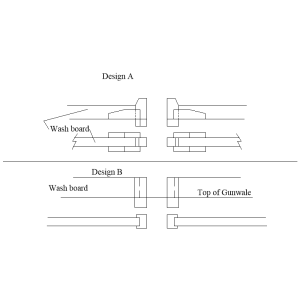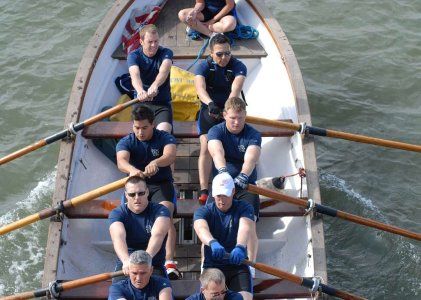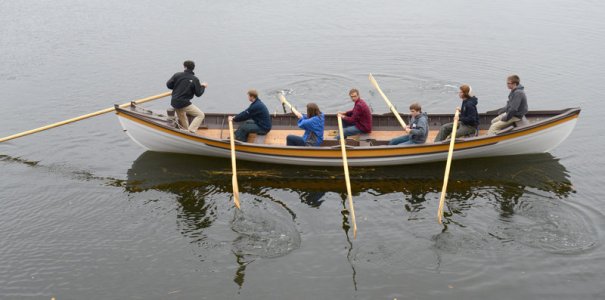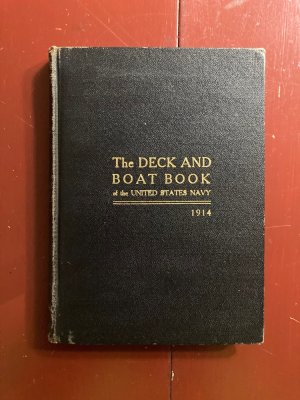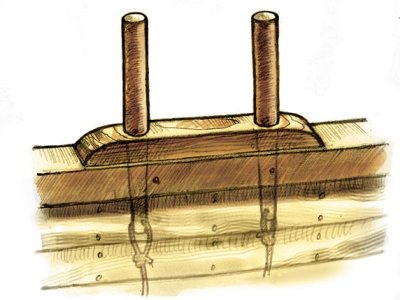I'm about to glue the ships boats in the Discovery1789. I was looking at the launch zaz7358.
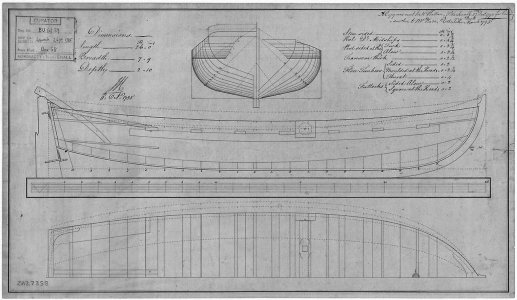
I noticed that the drawing doesn't show the oarlocks or tholes. Is there anyway I can deduce how many and the placement of them from the drawing? There are seven thwarts but that could be seven or fourteen oarsmen couldn't it? I'm still puzzled by the single/double banked thing so that just complicates it. I did a bunch of looking on RMG and Wikicommons but all they showed were those boards with the notches in them for oars. Is that maybe one of the signs of a launch? I dunno, confused again

I noticed that the drawing doesn't show the oarlocks or tholes. Is there anyway I can deduce how many and the placement of them from the drawing? There are seven thwarts but that could be seven or fourteen oarsmen couldn't it? I'm still puzzled by the single/double banked thing so that just complicates it. I did a bunch of looking on RMG and Wikicommons but all they showed were those boards with the notches in them for oars. Is that maybe one of the signs of a launch? I dunno, confused again






